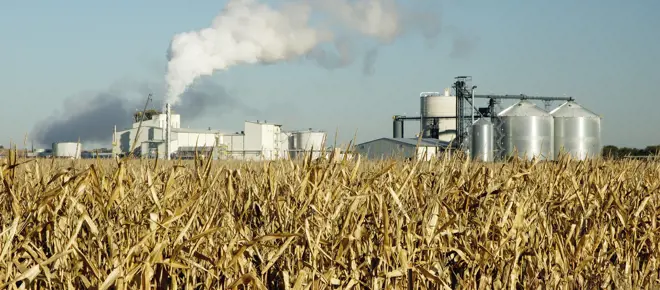
- Chemical
- Issue 78
Biofuels’ journey to the mainstream
Liquid biofuels today make up about 8% of road and non-road fuel supplies in the UK. The government plans to reach nearly 10% by 2020 in order to reduce CO₂ emissions. It has also laid out targets to incentivise innovation and the production of ‘development fuels’.
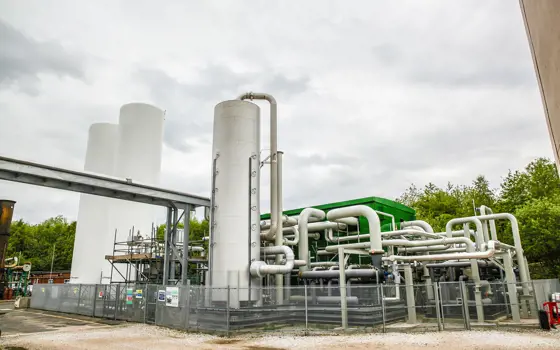
- Energy
- Issue 78
A new contender for energy storage
Energy storage has long been a challenge for those in the renewable energy field – what happens to unused energy generated by solar or wind power for example? Highview Power is trying to solve this problem and a new system of storing it as liquid air could provide answers.
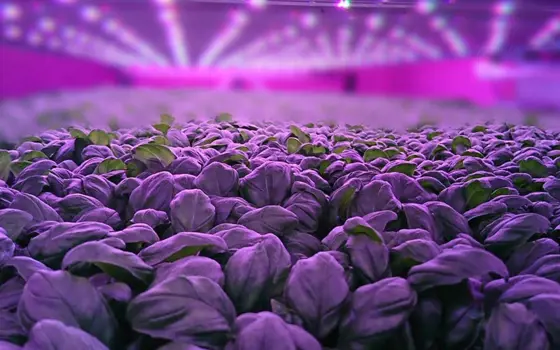
- Food & agriculture
- Issue 78
Vertical farming for future growth
More of us live in cities than ever before and the global population is estimated to reach 11.2 billion by 2100, creating mounting challenges for agriculture. Growth Solutions grow produce under lights in vertically stacked towers to help meet growing demand for food.
Quick read

- Electricals & electronics
- How does that work?
- Issue 78
Beamforming
The next generation of cellular technology, 5G, is said to have ‘beamforming antennas’. What are these, how will they be used in mass-market cellular systems and why do they help increase both cell range and capacity?
Quick read

- Environment & sustainability
- How I got here
- Issue 78
Q&A: Dr Anh Tran
Dr Anh Tran is a humanitarian engineering researcher and lecturer at Coventry University. Her research focuses on energy, water, food, and computer technologies with resource-limited communities.
Quick read
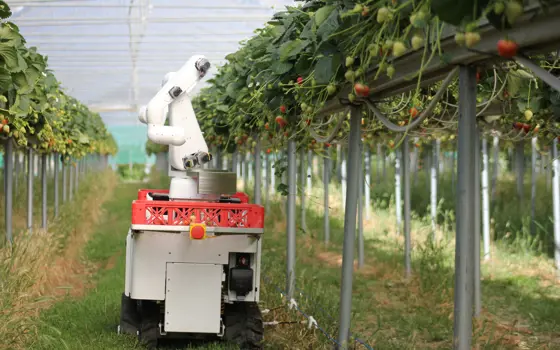
- Food & agriculture
- Innovation Watch
- Issue 78
Robots in the field
Engineers began developing a robot designed to autonomously pick and sort strawberries. Three designs later, the first group of 24 robots is reaching UK fields this summer to navigate the crops and select ripe fruit, before picking, inspecting and packing the strawberries.

- Issue 78
Communication at the speed of light
Data transmitted through LED light sources could transform online connectivity, while potentially underpinning the rapidly expanding Internet of Things. Neil Cumins spoke to Professor Harald Haas, Professor of Mobile Communications at the University of Edinburgh and Co-Founder and Chief Scientific Officer of pureLiFi, about the future of data transfer using this technique.

- Design & manufacturing
- Opinion
- Issue 78
Is engineering productive?
Professor Will Stewart FREng argues that engineers also have a part to play in promoting engineering’s role in greater productivity, as the way in which productivity is measured in the UK does not account for advances in engineering and what these have added to GDP.

- Profiles
- Issue 78
A role model for the next generation
Air Marshal Susan Gray CB OBE FREng has taken on many roles in the Royal Air Force (RAF), including responsibility for procurement, supporting the RAF’s response to emergency relief, raising the profile of engineering among young women and preparing the headquarters for the future.
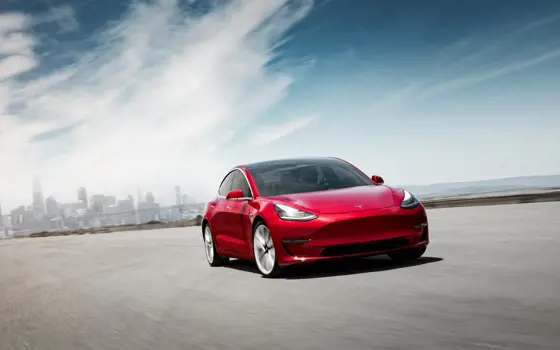
- Electricals & electronics
- Issue 78
The right climate for efficient semiconductors
Electrical energy is wasted in countless electrical circuits that increase or decrease voltages. A new generation of devices made from silicon carbide and gallium nitride, semiconductor materials with wider bandgaps, is reducing these losses and decreasing the carbon footprint of many electrical and electronic devices.